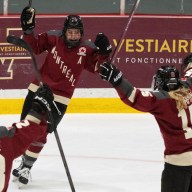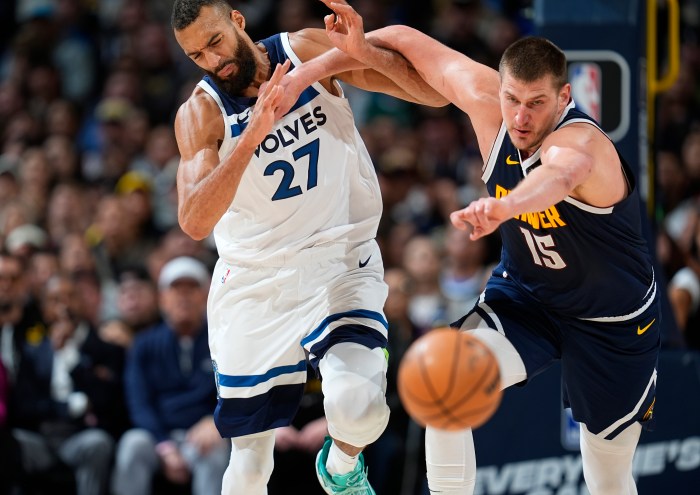PYEONGCHANG, South Korea (Reuters) – The men’s downhill is a must-see at every Winter Olympics and often throws up surprises. Here is a short guide to this year’s version at the Jeongseon Alpine Centre:
WHEN IS IT?
It’s now scheduled for 11.30 a.m. local time on Thursday (0230 GMT, 9.30 p.m. ET Wednesday), having been pushed back four days by windy conditions that have played havoc with the timing of the Alpine skiing program.
WHO ARE THE FAVORITES?
Austria’s Matthias Mayer, the defending champion, is in good form but no one has ever won back-to-back golds in the men’s event.
Norway’s Kjetil Jansrud was the most consistent in training, while Beat Feuz of Switzerland is the world champion and leads the World Cup standings this season. In a Reuters interview, Austrian great Franz Klammer, the 1976 Olympic champion, tipped Feuz as the man to beat.
Italy’s Dominik Paris and Christof Innerhofer pose major threats too, and young German Thomas Dressen was fastest in the downhill run of the Alpine combined on Tuesday.
Norwegian Aksel Lund Svindal, silver medalist in 2010 and in with a big chance this time, told reporters “there’s 10 potential winners”.
WHICH COUNTRIES USUALLY DOMINATE?
Just five nations have shared out the golds in the 18 downhill races since 1948. Austria leads with seven wins, with France on five, Switzerland three, the United States two and Italy on one. With Jansrud and Svindal, Norway could break into the club this time.
HOW IS THE JEONGSEON COURSE SET UP?
Until South Korea won the right to host the Games in 2011, it was a bare mountain. The course was created from scratch by Bernhard Russi of Switzerland, the 1972 Olympic champion, and is the ninth one he has designed.
It is 2,852 meters in length, with a vertical drop of 825 meters, so is much shorter and less steep than some on the World Cup circuit. That means any mistakes will be punished severely, because it will be near-impossible to make up lost ground.
AREN’T ALL THE ALPINE SKI EVENTS ‘DOWNHILL’?
Yes, but… The downhill and the super-G – which is also steep but with more turns – are both decided on a single run, and are known as the speed events. The technical events are the giant slalom and slalom, which are both raced over two legs.
There is also an Alpine combined event with a downhill and a slalom leg, and a team slalom event.
HOW FAST AND HOW DANGEROUS IS IT?
Speeds can easily exceed 145 kph (around 90 mph), although it depends on the course, making the downhill the most daredevil of the Alpine disciplines.
In a tragic reminder of the dangers, two skiers – Frenchman David Poisson and German teenager Max Burkhart – were killed in accidents in the space of several weeks late last year. Some athletes have airbags in their suits to protect them in case of a crash, but the use of these is not compulsory.
(Reporting by Mark Trevelyan, editing by Ed Osmond)















